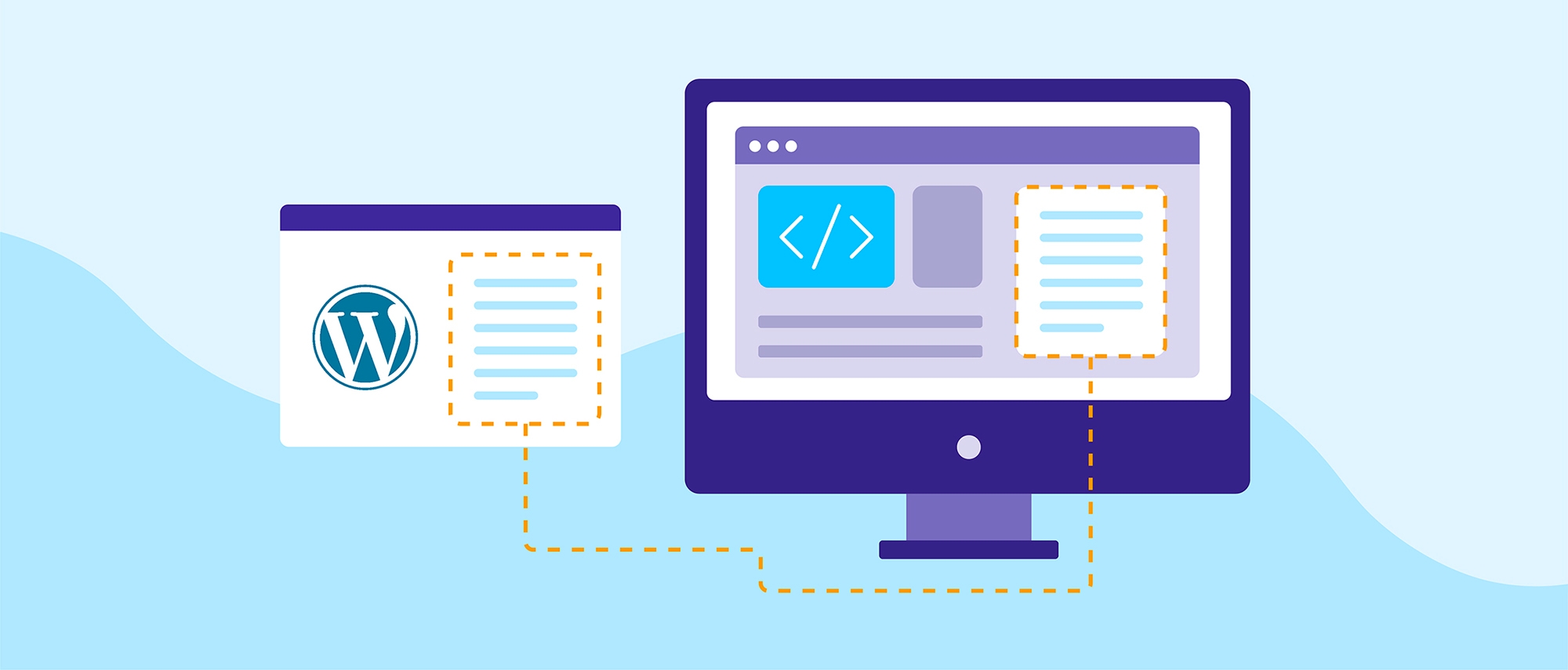You started your eCommerce business with high hopes, but now you’re starting to wonder exactly what you’ve gotten yourself into. Nobody told you your days would be occupied just as much with KPIs, analytics, and seemingly endless time spent trying to perfect your sales process. They also neglected to mention that eCommerce websites experience a 2.86 average conversion rate.
How do you improve your online store? Ecommerce website design represents a fork in the road; a poorly-designed site can make each aspect of the process more challenging, while the time spent to design and build a site properly can free up time to concentrate on the reasons you got into business in the first place.
How to Improve Your eCommerce Website Design
In this post, Double Up Digital shares some lessons learned from our experience, the best eCommerce website designs, and the Top Small Business Web Design Companies, so you can get it right
Know Your Clientele
An accurate customer avatar is a great starting point in eCommerce website design. Your avatar is a snapshot of your ideal customer and encompasses a great deal of information, including age, location, gender, income, needs, the devices they’re using, their browsing and buying habits, and much more. It can seem tedious but stick with it. After all, knowing who you’re selling to will give you insight into how best to target them and entice them to buy your products.
Don’t Neglect Design Fundamentals
Once you’ve gotten to know your clientele, put them first. Remember, your product pages or services are only tangentially about you. For your customers, you’re only useful to the degree that you can solve their problems or improve their lives. Whether you’re optimizing for an Atlanta e-commerce business or you have ambitions of selling worldwide, a high-quality user experience takes many different factors into account. These include accessibility, mobile responsiveness, and SEO.
Quality Content Matters
In much the same way that a clean design builds credibility, so too does your web content. Product descriptions copied and pasted from the manufacturer’s website, stock photos or product images that look like they were taken on a mobile phone, and page content that is uninspiring, generic, or riddled with errors won’t just hurt you with the search engines. They’ll undermine customers’ confidence in your product and your brand, leading them to choose your competition over you even though you may have a better product and may back it with better service.
Use Whitespace Effectively
Now that you’ve wrangled your content and begun to settle on a design, what do you do with it? In many ways, web design for selling is the antithesis of traditional retail. One of the most important is that your “real estate” online, such as it is, is much less expensive than a storefront. Why do we bring this up? Because unlike your racks and shelving — which have to be kept fully stocked and faced out to create a good impression — overcrowding isn’t your friend online.
White space helps you avoid this problem by giving the different elements of the page, from photos to product descriptions, plenty of room to breathe. This minimalist look isn’t just esthetics; it converts at a higher rate because it’s more user-friendly, and ensures that your products don’t have to compete with a lot of visual noise to stand out.
Don’t Skimp on the Backend
Up to this point, we’ve focused on the parts of your eCommerce site that are immediately apparent to your users. That’s because form matters… but so does function. Web hosting that minimizes downtime is important. So, too, are a number of fundamentals like abandoned cart reminders, smart recommendations that encourage add-ons, a reliable payment processor, and a checkout process that’s quick and smooth.
Given the growing prevalence of mobile users, a custom-developed web app can also be extremely helpful, since these apps offer enhanced functionality that may be absent from the traditional mobile or desktop browsing experience.
Tell Better Stories
J. Peterman wasn’t just a memorable character on Seinfeld. The company and its namesake founder really existed, and their unique combination of high-end products with strong visuals with literate storytelling laid down a surprisingly durable template that’s been followed by countless brands since. Incorporating stories into your product copy helps conversions, and can also be leveraged across other digital marketing channels (like your blog, YouTube, and other social media) to boost traffic, brand awareness, and SEO “juice.”
Embrace Experiential Marketing
Experiential marketing is also about storytelling, but with a twist: rather than simply telling the story of your brand or your wares, it leaves space for your customers to imagine — or place — themselves as part of the narrative. When they have ownership in the story, they’re more likely to share that story — and your brand — with friends, making them micro-influencers that can build social proof, brand awareness, and sales.
Incorporate Video Elements
Not everyone engages with web content in quite the same way. Some folks can skim the product description and a few reviews and have all the information they need to place an order. Others want more information than that, and they want it now. Video is a highly effective tool for product demonstrations, reviews, and much more, and it combines well with storytelling and experiential marketing to give each of those techniques an added push.
Test Constantly
A/B testing, sometimes called “split testing,” is one of the most important tools in your kit whether you’re a designer or a business owner. In an environment that ranges between competitive and cutthroat, simply guessing at what’s working won’t cut it; you need to balance your efforts — design, SEO, ads, and marketing spend — with actionable insights driven by performance metrics. Simply put, you don’t have the time or money to waste on things that don’t work.
Split testing can be done with your website by serving different pages to different clients. It’s equally effective with advertising campaigns, email marketing campaigns, and much more. Users are often surprised to find how a change as small as a photo or a few words in a subject line can make a tremendous difference in what converts.
Choose the Right Ecommerce Designers & Developers
Since each business is different, no two sites will approach the steps above in quite the same ways. Your design, online shopping experience — and all that follows — should be aligned with your goals and your business, reflecting what makes you unique.
Double Up Digital will begin by learning all about you, following through by helping you choose the right eCommerce platform, helping you customize product attributes, configure shipping for the territories in which you’re doing business, choose a payment processor, and much more. To get started with improving your eCommerce website design, get in touch with our experts today.







